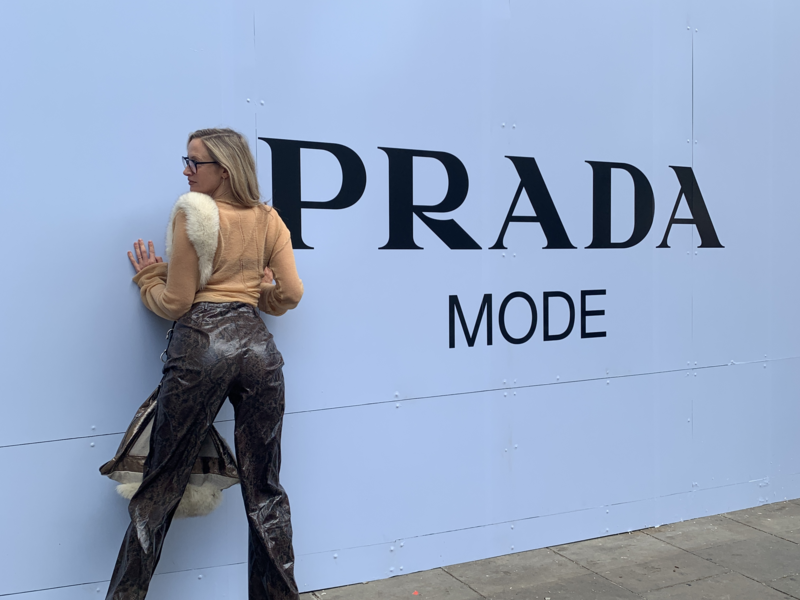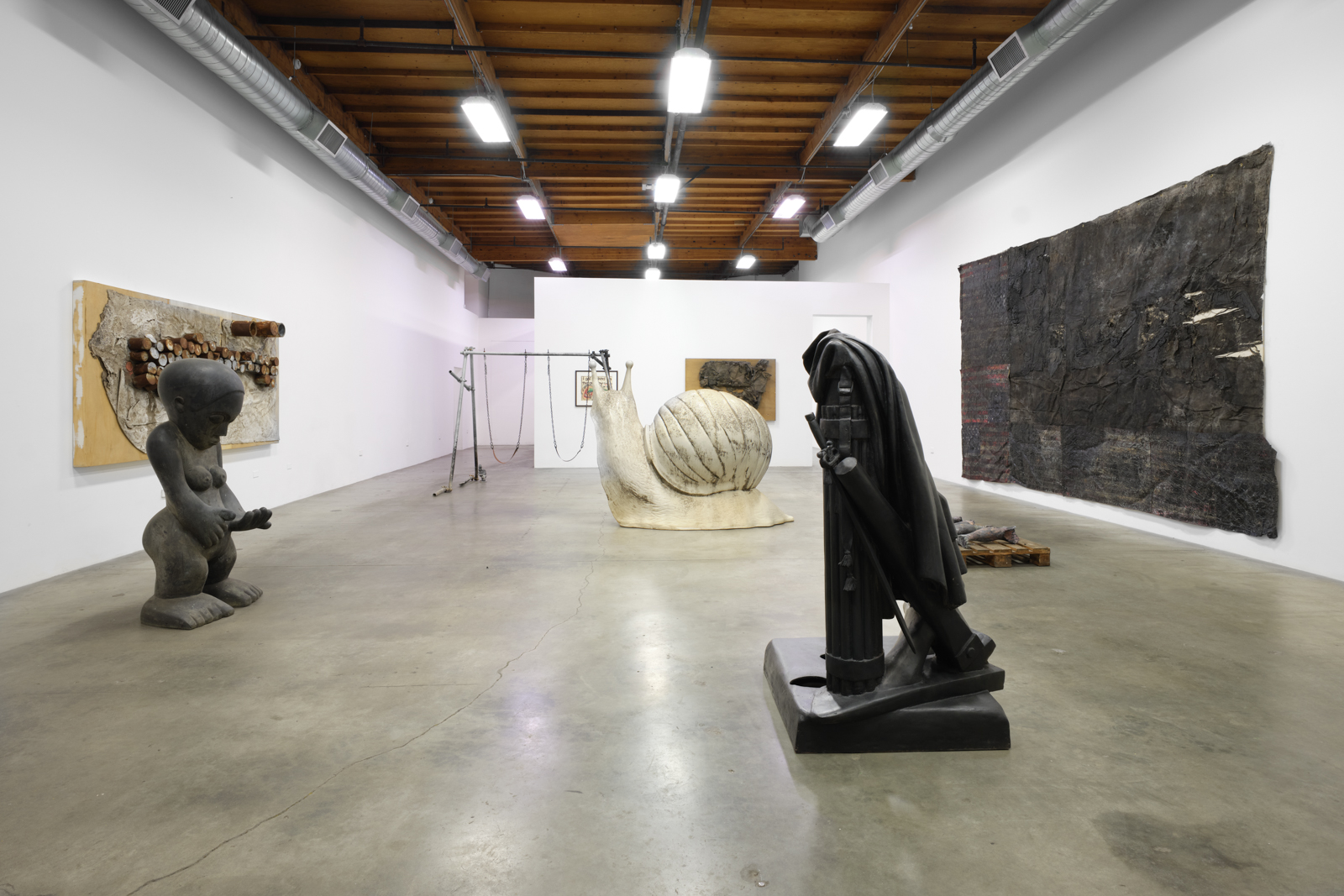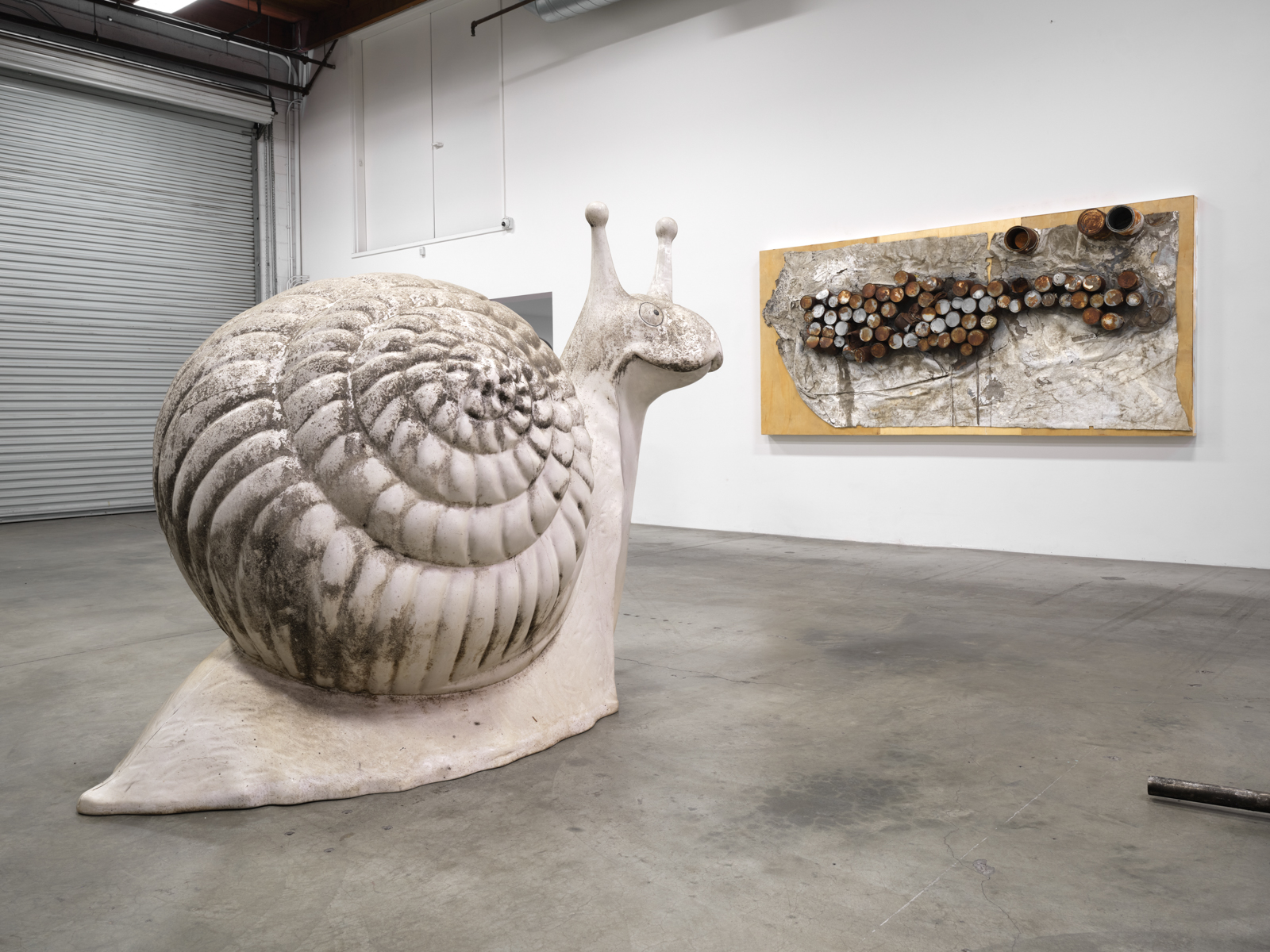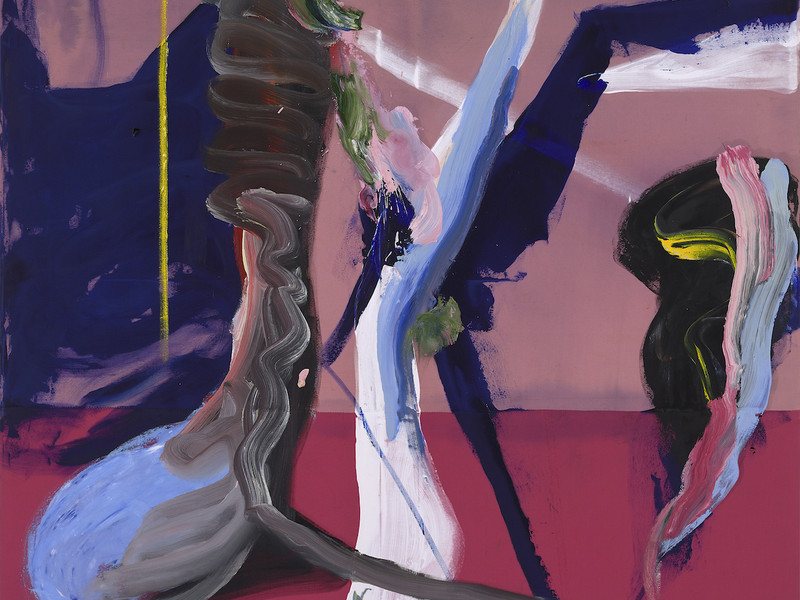Eddie Kang's Yeti is a Guide for Life
As the focal point of the South Korean Artist's first solo Los Angeles show, the yeti is painted, overlaid on city maps, and even constructed into a bronze sculpture. Since 2014, she’s been a character Kang returns to — one from a collection of figures drawn in his signature abstract expressionism, animamix style, a visual fusion of animation and comics. After the passing of his sister-in-law, he turned to the yeti as a manifestation of her in the hope of helping his then five-year-old niece understand parting.
The yeti resembles a softer, rounder Domo with no mouth, but the same all-seeing eyes, representing “a benevolent spirit that watches over the girl, offering protection and guidance just beyond the visible realm.” In childlike pictures — similar to his storybook, It will be alright — the yeti holds the niece, twigs, seedlings, and balloons. However, Kang shares that “eventually [they] became the symbol of a universal love between parents and their children, now it’s more like every stroke or every line I make on the canvases I think about people — I think about loved ones as if I’m making wishes for them.
While Kang’s personal life changed in 2019 with his loss, the entire world was beginning to shift as well. In an attempt to take control of the unraveling chaos, he started the series, Draw Your Own Map. Brochures became canvases for imaginary cartoon collages and Studio Ghibli’s My Neighbor Totoro-akin scenes. The advertisements for the cities’ restaurants, hotels, tours, museums, and waterparks remained as a reminder that capitalism never takes a pause. Still, “it was a process of marching towards the light from the darkness,” Kang says, which is why displayed in the east viewing room are his own teeming fictional maps, painted illegibly in black and white with pops of neon colors. Inside are hidden cheerful messages, such as “Don’t forget the magic,” “I will walk with you,” and “Keep on dreaming.”
Together, the exhibition is a continuation of Kang’s artistic dedication to conveying happiness and comfort to his audience through adolescence memories. His thick, clean lines and simple silhouettes mimic youthful coloring books. The characters featured are mostly animal-like plushies given to babies. It has become a crossroad from his own personal story to others, from timid to sharing his stories in unfiltered ways, from the east to west, and from grief to hope.


















































